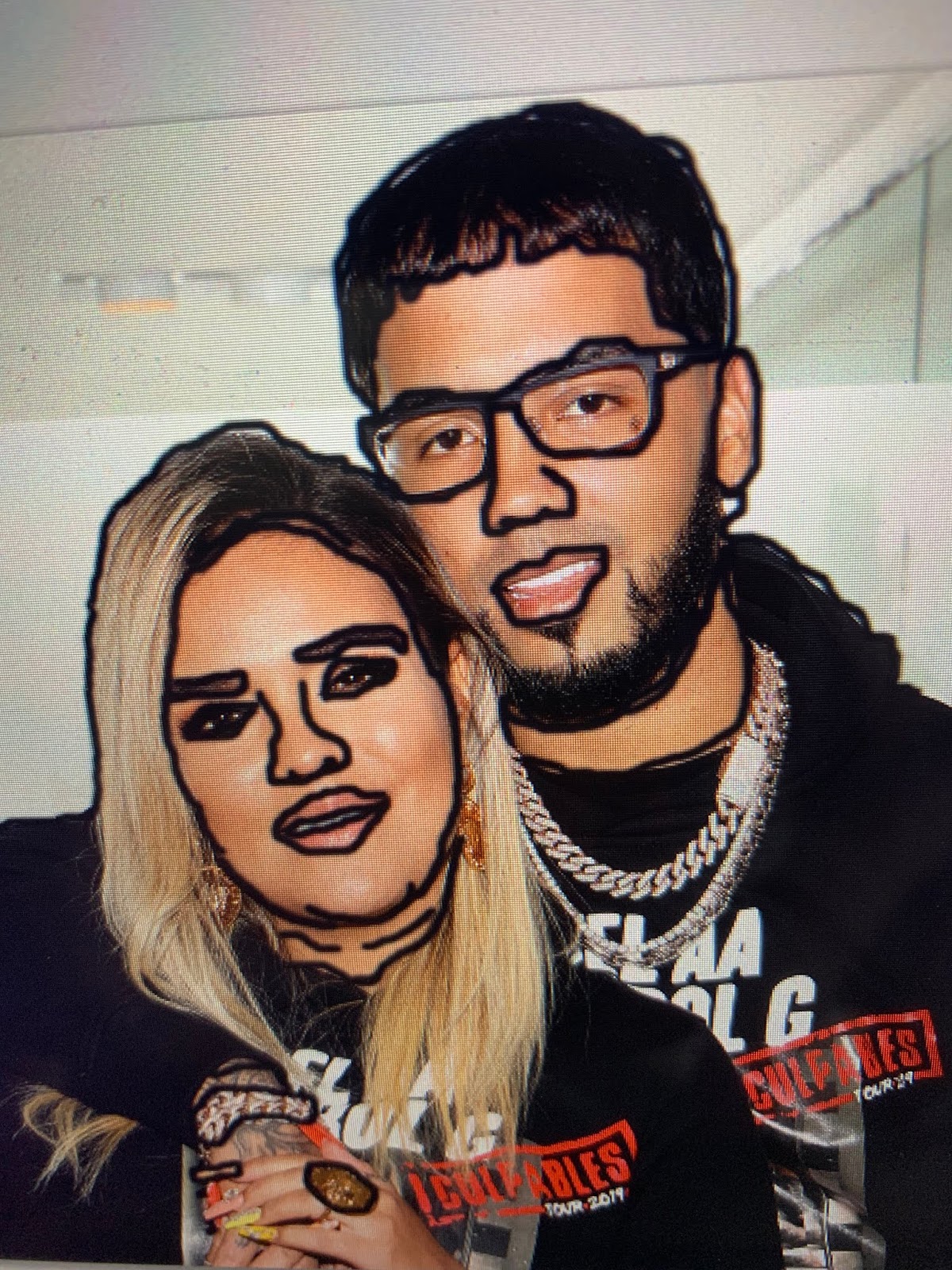Feature Spread Blog Post #2
Now, I will talk about the planning that went into the creation of the feature spread, pictures while I was designing in InDesign, my use of digital creative tools, among other things that involved my feature spread's creative process.
This is my rough sketch of what I initially envisioned my feature spread to look like. I stuck with the artist(s) extending across the spread, rather than have them only on one page (again, this was due to the codes/conventions of the Rolling Stone magazine which I was following.) Not only that, but also the fact that the feature spread was a continuation of whatever the cover/main image/main cover line would have been.
Since I had the cover completed a while before completing my feature spread (I was working on both at the same time), I hardly made any revisions. I also learned from my initial mistake I made on the cover, which was to make a cover which didn't incorporate any research of the codes/conventions of Rolling Stone magazine. Some decisions I made included the layout of the feature spread. In other words, which codes/conventions of which Rolling Stone feature spread would I integrate into my own feature spread. As I mentioned in my previous blog post, the feature spread with Khalid was an interesting concept used by Rolling Stone, which was to have the title of the feature spread article on one page, and then the actual story/article on the other page completely:
I also incorporated the visual/artistic element of the Donald Trump feature spread, which was to have a digital drawing of Trump rather than an actual photograph of Trump himself:
As can be seen, in my feature spread, I also did a digital drawing, but obviously I did it with my own subjects, which were Anuel AA and Karol G.
Now, I will show some pictures of me actually designing the page in InDesign, as well as explaining how I used digital creative tools. I will also show how I did my research for my original article which I wrote on my feature spread's right half of the spread.
The photo above is my completed article after I finished researching all the information I needed and also after I had made grammatical corrections, etc. However, I had not wrapped the text in order to wrap around the drawing edges.
The photo above shows me using the Text Wrap tool in InDesign in order to wrap the text around the drawing.
These two pictures above show me using the Fill tool (color) in order to fill the word "Latinx" in a color which is a hue of red.
This picture above shows me simply applying an "Italic" style to the words "Illustration by Jorge Rosell".
These two pictures above just show me browsing through pictures and articles to help me write my article. (Note: I did not plagiarize.) The pictures of both Anuel AA and Karol G on vacation helped me write about their blissfulness and joyfulness as a couple, while the articles helped me gain some background info on not only the artists, but their love life, which is what I am ultimately writing about for the audience.
The series of pictures above I provided to show that I did not get the original photo and then added a cartoon filter, or any other type of filter, over it. Most digital drawings are done in this way (tracing over a picture) and then us artists take it from there. This new innovative technology helps digital artists with their drawings all the time, sine they don't have to start from scratch, and instead they have a picture to go off of.





















Comments
Post a Comment